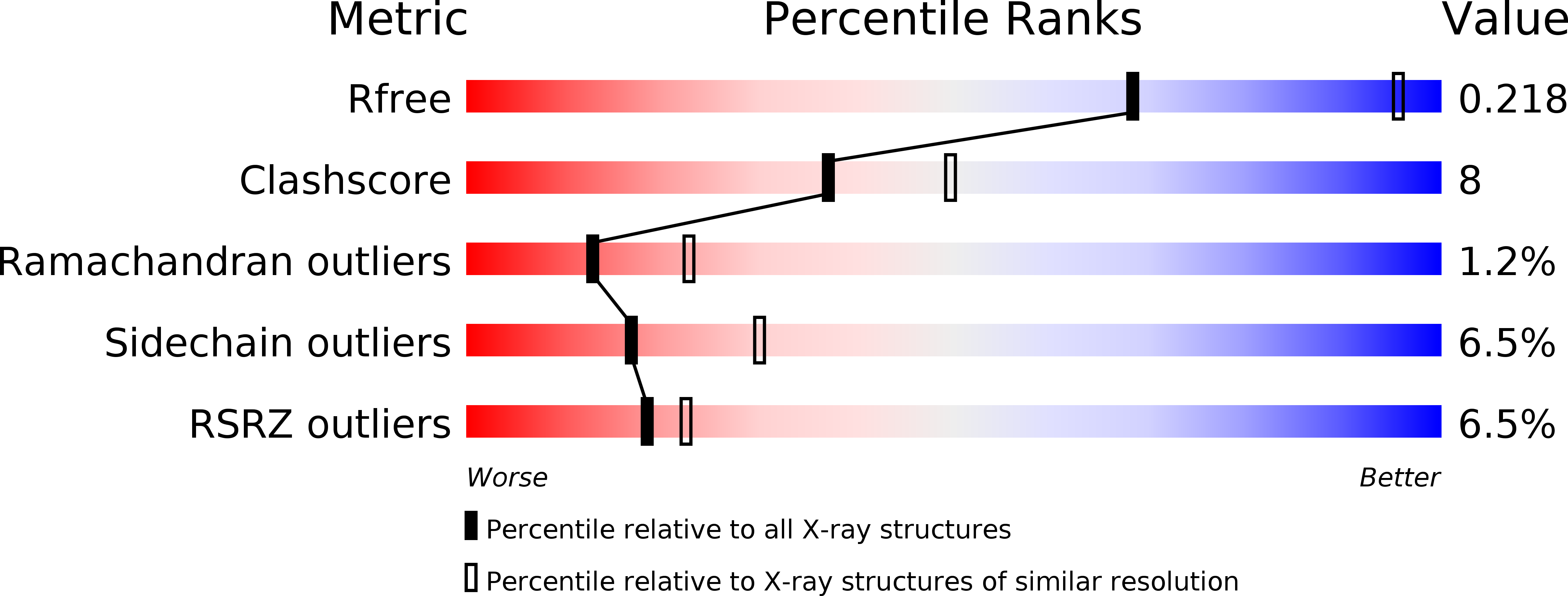
Deposition Date
2012-09-22
Release Date
2013-05-15
Last Version Date
2023-12-20
Entry Detail
PDB ID:
4BBG
Keywords:
Title:
Crystal structure of human kinesin Eg5 in complex with 3-(((2-Aminoethyl)sulfanyl)(3-ethylphenyl) phenylmethyl)phenol
Biological Source:
Source Organism:
HOMO SAPIENS (Taxon ID: 9606)
Host Organism:
Method Details:
Experimental Method:
Resolution:
2.75 Å
R-Value Free:
0.22
R-Value Work:
0.18
R-Value Observed:
0.18
Space Group:
I 21 3


